Sustainable salmon, refers to salmon harvested in a way that maintains healthy fish populations and preserves their ecosystems.
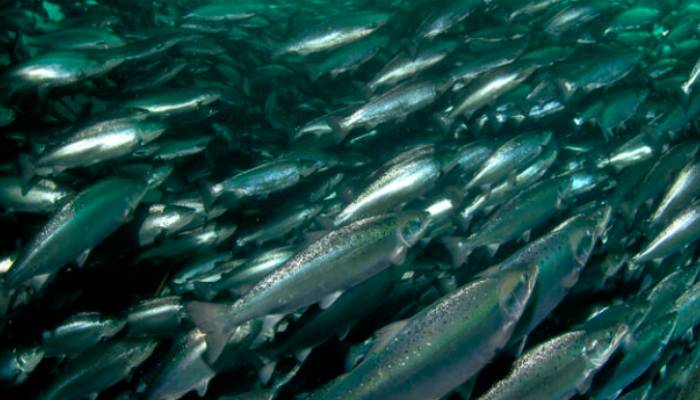
Choosing sustainable salmon ensures the availability of salmon for future generations while supporting eco-friendly practices. Sustainable options include sustainably raised salmon, sustainably farmed salmon, and sustainable wild caught salmon.
1. Environmental Impact
Conventional salmon farming methods often lead to water pollution due to the release of waste, chemicals, and antibiotics into surrounding waters. This pollution can cause harmful algal blooms, which deplete oxygen levels and harm marine life. Additionally, escaped farmed salmon can interbreed with wild populations, leading to genetic dilution and increased vulnerability to diseases. Overcrowded conditions in traditional farms can also result in higher incidences of disease and parasites, which can spread to wild fish populations.
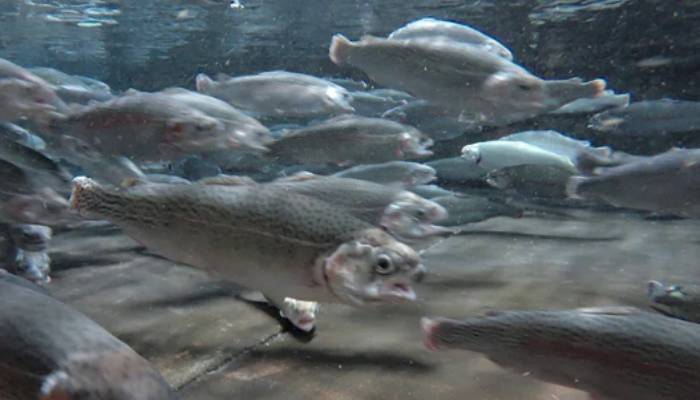
In contrast, sustainably raised salmon are often farmed in low-density pens, which reduces the risk of disease and parasite transmission. This practice also minimizes the amount of waste and pollutants released into the environment.
2. Sustainable Aquaculture Practices
Selective breeding programs are used to produce sustainably raised salmon that are more resistant to diseases and parasites. By selecting fish with desirable traits, farmers can reduce the need for antibiotics and chemical treatments.
Innovations in aquaculture technology have significantly advanced the sustainability of salmon farming. Recirculating aquaculture systems (RAS) are one such innovation. These systems filter and recycle water within the farm, drastically reducing water usage and preventing pollution. RAS can be set up inland, away from natural water bodies, eliminating the risk of escape and interaction with wild fish populations.
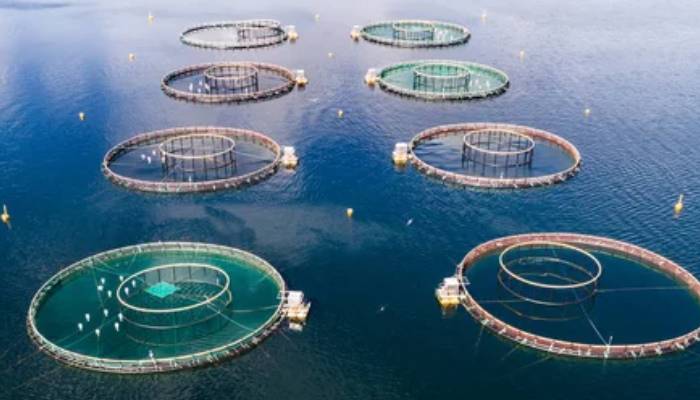
Automated feeding systems equipped with sensors and cameras optimize the feeding process by delivering the right amount of feed at the right time. This technology reduces waste and ensures that the salmon receive proper nutrition.
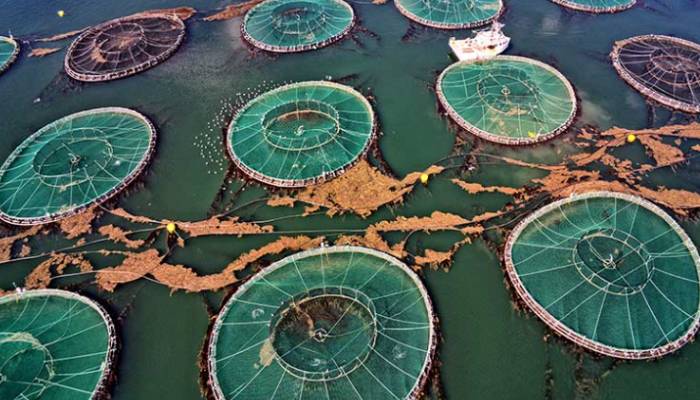
Blockchain technology is being used to improve traceability and transparency in the sustainable salmon supply chain. By recording every step of the production process on an immutable ledger, consumers can verify the sustainability of the salmon they purchase, ensuring they are making environmentally responsible choices.
3. Wild vs. Farmed Salmon
Wild salmon are caught in their natural habitats, such as rivers and oceans. They feed on a natural diet of smaller fish, krill, and other marine organisms. This diet contributes to their distinctive color and flavor. However, the availability of wild salmon is subject to natural population fluctuations and strict fishing regulations aimed at preventing overfishing and ensuring sustainable harvests. Wild caught salmon UK is an example of regions where these practices are particularly emphasized.
Farmed salmon, on the other hand, are raised in controlled environments such as ocean pens or land-based tanks. They are fed a formulated diet designed to promote rapid growth. While farmed salmon can provide a consistent supply of fish year-round, traditional farming methods can have significant environmental impacts, such as water pollution and disease spread to wild populations.
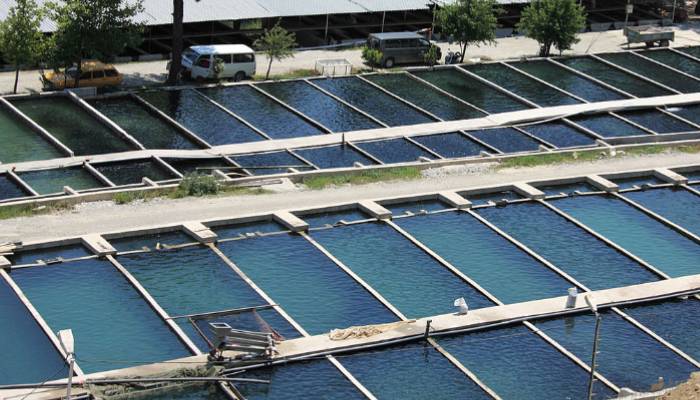
| Aspect | Wild Salmon | Farmed Salmon |
|---|---|---|
| Environment | Natural habitats (rivers, oceans) | Controlled environments (ocean pens, land-based tanks) |
| Diet | Natural diet (smaller fish, krill) | Formulated feed |
| Availability | Seasonal, subject to population fluctuations | Consistent, year-round supply |
| Nutritional Content | High in omega-3 fatty acids | Variable, dependent on feed |
| Environmental Impact | Lower, with regulated fishing practices | Higher, potential for pollution and disease spread |
| Sustainability Practices | Strict fishing regulations, focus on preventing overfishing | Innovations in sustainable farming practices, such as IMTA and RAS |
| Certifications | Can be certified as sustainable wild caught salmon | Can be certified as sustainably farmed salmon |
Wild salmon populations are managed through quotas and fishing seasons to prevent overfishing and ensure their long-term viability. Certifications like the Marine Stewardship Council (MSC) help consumers identify sustainable wild caught salmon.
4. Certifications and Standards
Several major certifications help consumers identify sustainable salmon. These certifications ensure that salmon is harvested or farmed using practices that protect the environment and maintain fish populations.
- Marine Stewardship Council (MSC): The MSC certification applies to wild caught salmon. It ensures that the fishery follows sustainable fishing practices, such as preventing overfishing, minimizing environmental impact, and maintaining healthy fish populations. Look for the blue MSC label to identify sustainable wild caught salmon.
- Aquaculture Stewardship Council (ASC): The ASC certification is for farmed salmon. It sets strict standards for environmental and social responsibility, including reducing pollution, ensuring fish health, and promoting fair labor practices. The green ASC label signifies sustainably farmed salmon.
- Best Aquaculture Practices (BAP): The BAP certification covers the entire supply chain, from hatcheries to processing plants. It focuses on responsible farming practices, environmental sustainability, and food safety. The BAP label helps consumers find the best farm raised salmon that meets these high standards.
- GlobalG.A.P.: This certification ensures that sustainably raised salmon is produced using good agricultural practices. It covers environmental impact, animal welfare, and worker safety. The GlobalG.A.P. label is another indicator of sustainable salmon.
To identify certified sustainable salmon, look for these labels on packaging. Certifications like MSC, ASC, BAP, and GlobalG.A.P. provide assurance that the salmon you are buying meets rigorous sustainability standards.
5. Health Benefits of Sustainable Salmon
Sustainable salmon offers numerous nutritional benefits. It is rich in omega-3 fatty acids, which are essential for heart health and brain function. Omega-3s help reduce inflammation, lower blood pressure, and decrease the risk of chronic diseases such as heart disease and arthritis. Salmon is also an excellent source of high-quality protein, vitamins (such as B12 and D), and minerals (including selenium and potassium), which are crucial for maintaining overall health and well-being.
When comparing the health aspects of sustainably sourced salmon versus non-sustainable options, the differences are notable. Sustainably raised salmon is typically farmed with better feed and living conditions, resulting in healthier fish with higher nutritional value. These farming practices often avoid the use of harmful chemicals and antibiotics, ensuring cleaner and safer fish for consumption.
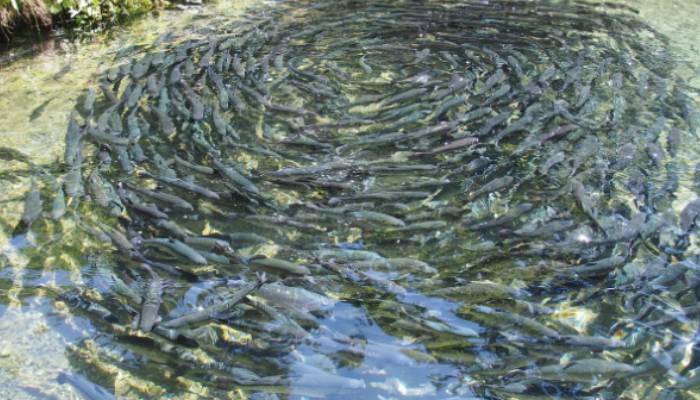
Non-sustainable salmon farming, on the other hand, may involve overcrowded conditions and the use of antibiotics and chemicals to control diseases and parasites. This can lead to contamination and lower nutritional quality. Additionally, non-sustainable methods may result in higher levels of pollutants like PCBs and dioxins in the fish, posing potential health risks to consumers.
6. Challenges and Criticisms
Despite the benefits of sustainable salmon practices, there are several criticisms and challenges that the industry faces. One common criticism is the higher cost associated with sustainably raised salmon. These practices often require more resources, advanced technology, and labor, which can drive up prices for consumers.
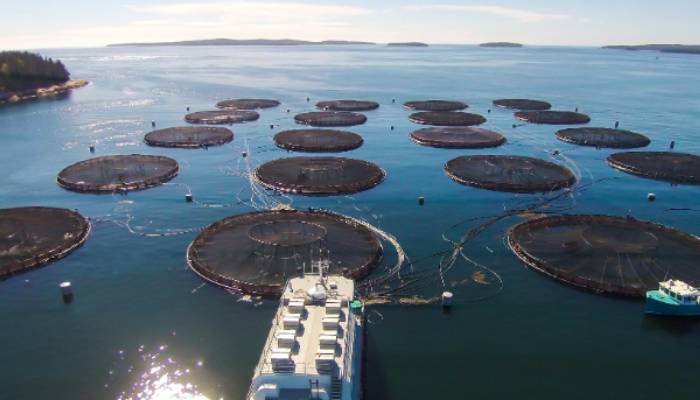
Another criticism is the potential for greenwashing, where companies may falsely claim their salmon is sustainable to capitalize on consumer demand. This can make it difficult for consumers to distinguish truly sustainable salmon from misleadingly labeled products, undermining trust in the certification process.
The industry also faces significant challenges in scaling sustainable practices. For example, recirculating aquaculture systems (RAS) and integrated multi-trophic aquaculture (IMTA), while beneficial, require substantial investment and technical expertise. Smaller operations may struggle to adopt these innovations, limiting their ability to produce sustainable salmon.
Additionally, the environmental impact of sustainably farmed salmon is not entirely negligible. Even with best practices, issues like nutrient runoff, habitat disruption, and the spread of diseases and parasites can still occur. The demand for non farmed salmon and wild caught salmon UK further complicates sustainability efforts. Lastly, consumer education is crucial but challenging. Many people are still unaware of the differences between sustainable and non-sustainable salmon or how to identify certified products.
11. Covering Up
Opting for sustainable wild caught salmon helps maintain balanced ecosystems and supports fishing communities that adhere to environmentally friendly practices. Certifications like MSC, ASC, BAP, and GlobalG.A.P. provide assurance that the salmon meets high sustainability standards, making it easier for consumers to make responsible choices.
The higher nutritional value and lower levels of contaminants in sustainably sourced salmon also offer significant health benefits. As consumer awareness and demand for sustainability grow, the industry will continue to grow and improve, making sustainable salmon more accessible and affordable.
